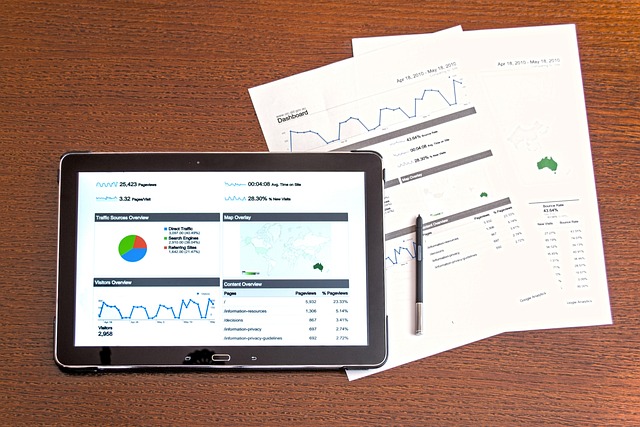AI time-of-day optimization revolutionizes fitness programs by personalizing content delivery based on user behavior, attention levels and chronotypes, maximizing engagement and driving better results. By analyzing patterns, AI algorithms schedule workouts, nutrition tips and motivational content at optimal times, adapting plans as users progress to ensure satisfaction and achieve goals, making it a powerful tool in the fitness industry.
AI analytics is transforming the fitness industry by optimizing program offerings through intelligent content delivery. By understanding user behavior and leveraging AI time-of-day optimization for content, fitness platforms can enhance personalization and maximize engagement. This article explores how AI analytics enables data-driven decisions, personalizing workout routines based on individual preferences and schedules. We delve into effective strategies, such as AI-driven timing of content delivery, to increase user interaction and overall program success.
- Understanding AI Time-of-Day Optimization for Fitness Content
- How AI Analytics Enhance Fitness Program Personalization
- Maximizing User Engagement with AI-Driven Delivery Strategies
Understanding AI Time-of-Day Optimization for Fitness Content

AI time-of-day optimization for content delivery plays a pivotal role in fitness program offerings. By analyzing user behavior patterns, AI algorithms can determine the best times to push specific workouts, nutrition tips, or motivational content to maximize engagement and adherence. This strategy leverages the understanding that people’s attention levels, energy, and motivation fluctuate throughout the day. For instance, a fitness app might send a challenging HIIT workout during peak alertness hours or suggest a relaxing yoga routine in the evening when users tend to unwind.
This optimization goes beyond mere timing; it involves personalizing content based on individual chronotypes—whether someone is a morning lark or a night owl. Such tailored approaches not only enhance user experiences but also drive better results. By aligning fitness content delivery with natural rhythms, AI ensures that users receive the most relevant and effective guidance when they’re most receptive to it.
How AI Analytics Enhance Fitness Program Personalization

AI analytics play a pivotal role in enhancing fitness program personalization, allowing for tailored experiences that cater to individual needs and preferences. By analyzing user behavior, workout patterns, and performance data, AI algorithms can create dynamic and adaptive training plans. This includes optimizing exercise routines based on personal goals, such as weight loss, muscle gain, or improved endurance. For instance, an AI system might suggest specific workouts or intensities at particular times of the day when an individual’s energy levels are highest, leveraging AI time-of-day optimization for content delivery to maximize efficiency and effectiveness.
Moreover, these analytics can adapt plans as users progress, ensuring that the fitness program remains challenging yet achievable. By continuously learning from user interactions, AI models can identify areas where adjustments are needed, be it adjusting the difficulty level, suggesting alternative exercises, or even incorporating new training methods. This level of customization not only improves user satisfaction but also drives better results, making AI analytics a game-changer in the fitness industry.
Maximizing User Engagement with AI-Driven Delivery Strategies

Maximizing user engagement is a key goal in fitness program design, and Artificial Intelligence (AI) offers innovative strategies to achieve this. By leveraging AI time-of-day optimization for content delivery, fitness platforms can tailor workouts and motivational messages to individual users’ preferences and routines. This personalized approach ensures that the right content reaches the right person at the optimal time, increasing user interaction and overall satisfaction.
For instance, AI algorithms can analyze user behavior patterns to determine peak engagement times. This enables the system to schedule personalized workout reminders or deliver motivational tips when a user is most likely to be receptive. Such strategic delivery optimizes not just the user’s fitness journey but also enhances the platform’s effectiveness in driving user retention and commitment to their wellness goals.
AI analytics are transforming fitness programs by optimizing content delivery through AI time-of-day optimization for content delivery. By understanding user behavior and preferences, AI enhances personalization and maximizes engagement. This innovative approach ensures that fitness content is delivered at the most effective times, leading to improved user experiences and outcomes. As these strategies continue to evolve, the future of fitness programming looks set to be even more dynamic and tailored to individual needs.
